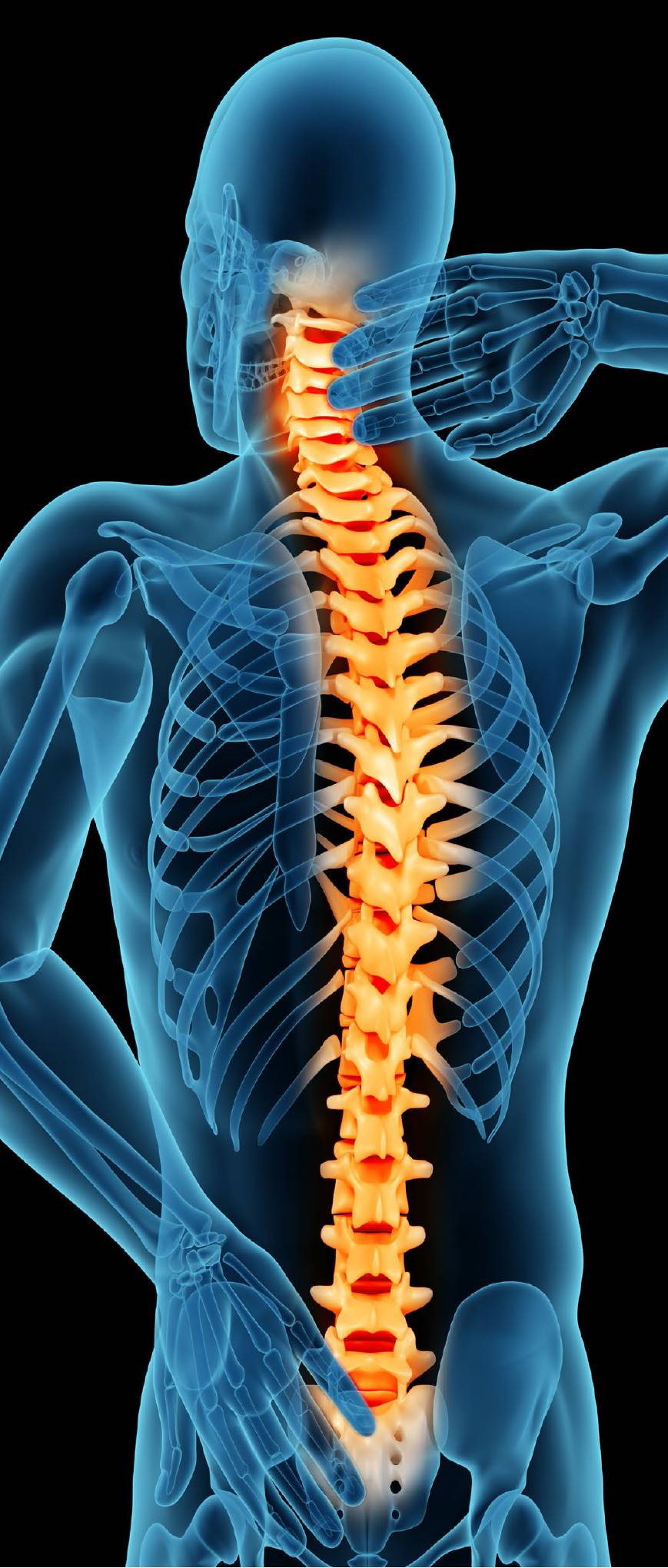Personal injury
Civil Liability Act 2018: where are we now?
The government’s plans to implement the whiplash reform programme have been delayed again – this time until April 2021.
 About the author: William Balfry FCILEx is Senior Associate in the Complex Motor Team at DWF LLP Liverpool and a member of the Forum of Insurance Lawyers Motor Sector Focus Team.
About the author: William Balfry FCILEx is Senior Associate in the Complex Motor Team at DWF LLP Liverpool and a member of the Forum of Insurance Lawyers Motor Sector Focus Team.
As I am sure practitioners in personal injury will know, there have been significant delays with the whiplash reform project. In February this year, we heard that the reforms were to be delayed until August 2020, but the Covid-19 crisis led to the announcement from the Ministry of Justice (MoJ) that the reforms were to be put off until April 2021 at the earliest.
It is hoped that this more significant delay can lead to a resolution of the problems that remain with the project. This is an opportune moment to go through where we are with the reforms and look at what work is still to be done and at the potential effects on the personal injury (PI) sector in general.
The Motor Insurers' Bureau (MIB) build on the whiplash portal, nattily named Official Injury Claim, is the one complete part of the project which has gone to schedule. The MIB, which was commissioned to put the case management system together, has user-tested and then demonstrated, in various workshops and meetings, how the process will work, albeit without the rules to sit alongside it.
The rules themselves, and the pre-action protocol and tariff remain outstanding, however, and there are still significant obstacles to overcome by April 2021, given that the industry is now focusing on the disruption caused by the Covid-19 crisis.
What have we been able to glean from the various workshops that have been held by the MIB and other organisations, which may give us some insight into how the low-value claims arena will look when finally bedded in? What started out as a project which would benefit the insurance industry in terms of lower costs and easier settlement of claims is now, it would be fair to say, causing concern on both sides of the fence. Alternative Dispute Resolution (ADR) is absent from the process, as is rehabilitation. In an about-turn, access to justice concerns have led to the small claims increase for children being scrapped. The fixed damages tariff will still operate, however, so unless such claims are allocated to the fast track, irrespective of value, there is still the potential for many child claims to fall into the small claims track. Rumours are rife that the proposed doubling of the Employers’ Liability and Public Liability (EL/ PL) small claims limit to £2,000 is to be scrapped, with the Association of British Insurers supporting the Association of Personal Injury Lawyers, on this occasion, in a rare cross-industry alliance. The limit is likely to remain at £1,000.
Let us look at the original plans for the reforms, and compare these to what we know has changed and to what the consequences may be - unintended or not - for the low-value PI sector.

